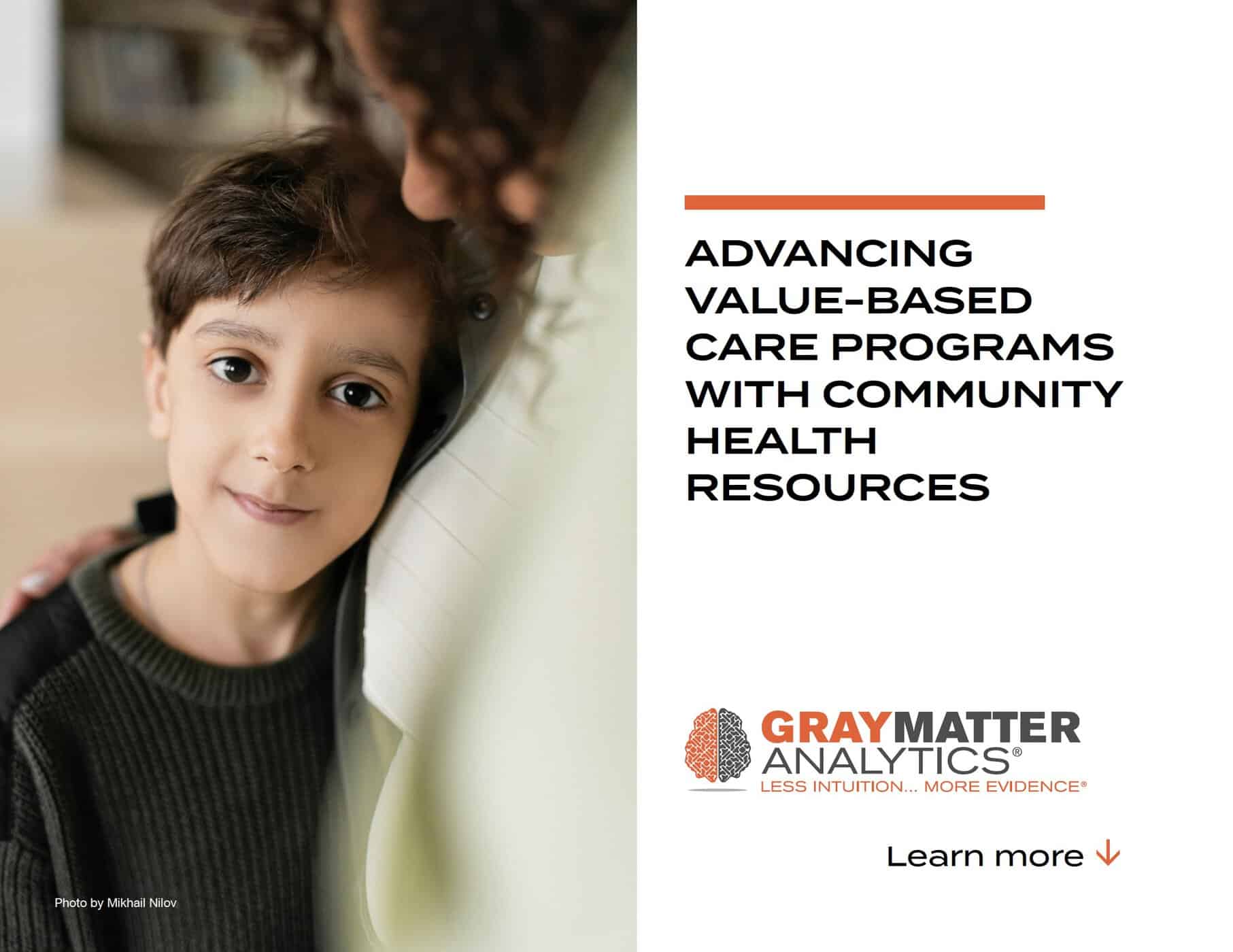Advancing Value-Based Care with Community-Based Resources

We’ve all been at value-based care (VBC) long enough to know that attention to social determinants of health (SDoH) is key to closing gaps in care and improving health outcomes.
The primary intervention of both payors and providers in SDoH matters is identification: collecting data firsthand from members or patients or using handy solutions such as publicly available data overlays, geo-demographic statistics or third-party sources to name the challenges people face in optimizing their health and well-being.
But once adverse conditions are named and brought to the forefront, health plans and systems need partners to support them in relieving health disparities. Sometimes resources are brought into a tight embrace through heralded institutional partnerships. More often, community organizations that address SDoH in vulnerable populations are leveraged urgently but inconsistently, dependent on state, federal or private funding, workforce availability and value-based contract incentives.
Lagging engagement of partnerships is turning around. Payors and providers see the financial and experiential value for themselves and their members or patients that community-based organizations can reliably deliver. In the short-term, healthcare stakeholders may reduce avoidable emergency department visits or readmissions through transportation for their constituents to clinic appointments and prevent the development of chronic conditions through nutrition education or healthy food options from a local pantry. Long-term, the savings compound and population health improves.
Want to learn more about the impact SDoH has on health equity, financial waste and VBC success, plus get tips on maximizing the good from your VBC contracts? Download our eBook, “Advancing Value-Based Care Programs with Community Health Resources.”
Spoiler alert: Our advanced analytics make it a lot easier to see the unmet needs among your membership or patient population, so you know which social services to draw in for help.
